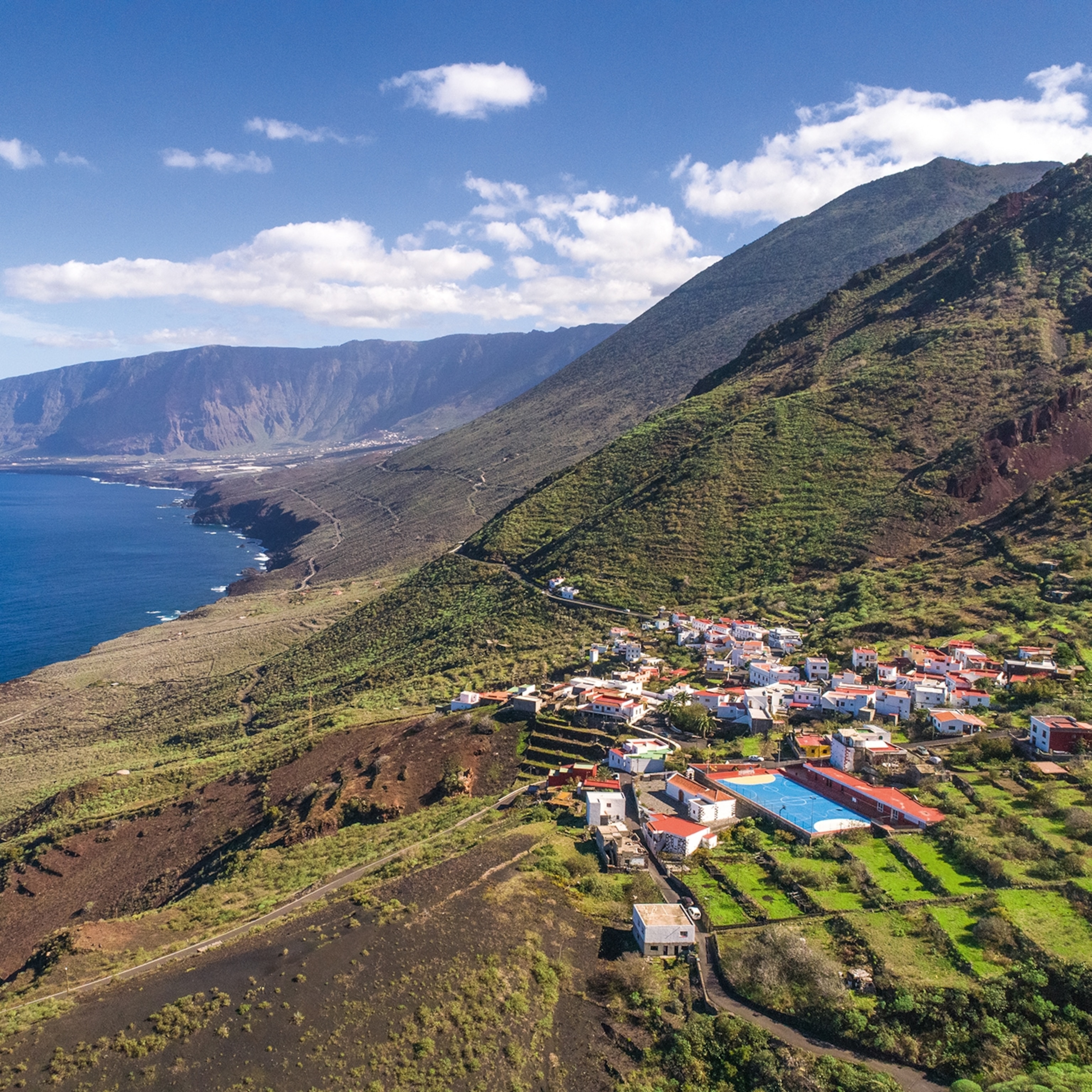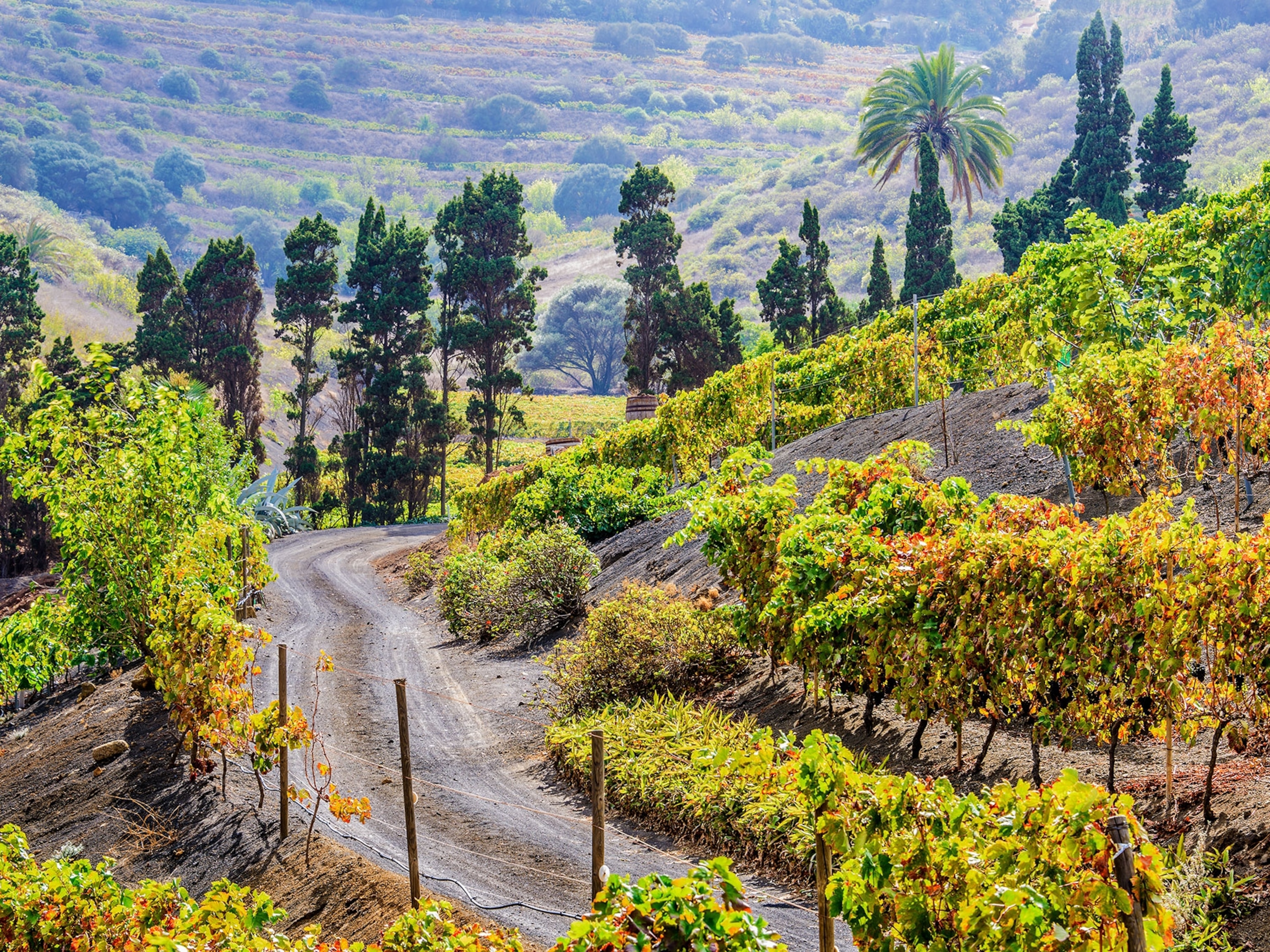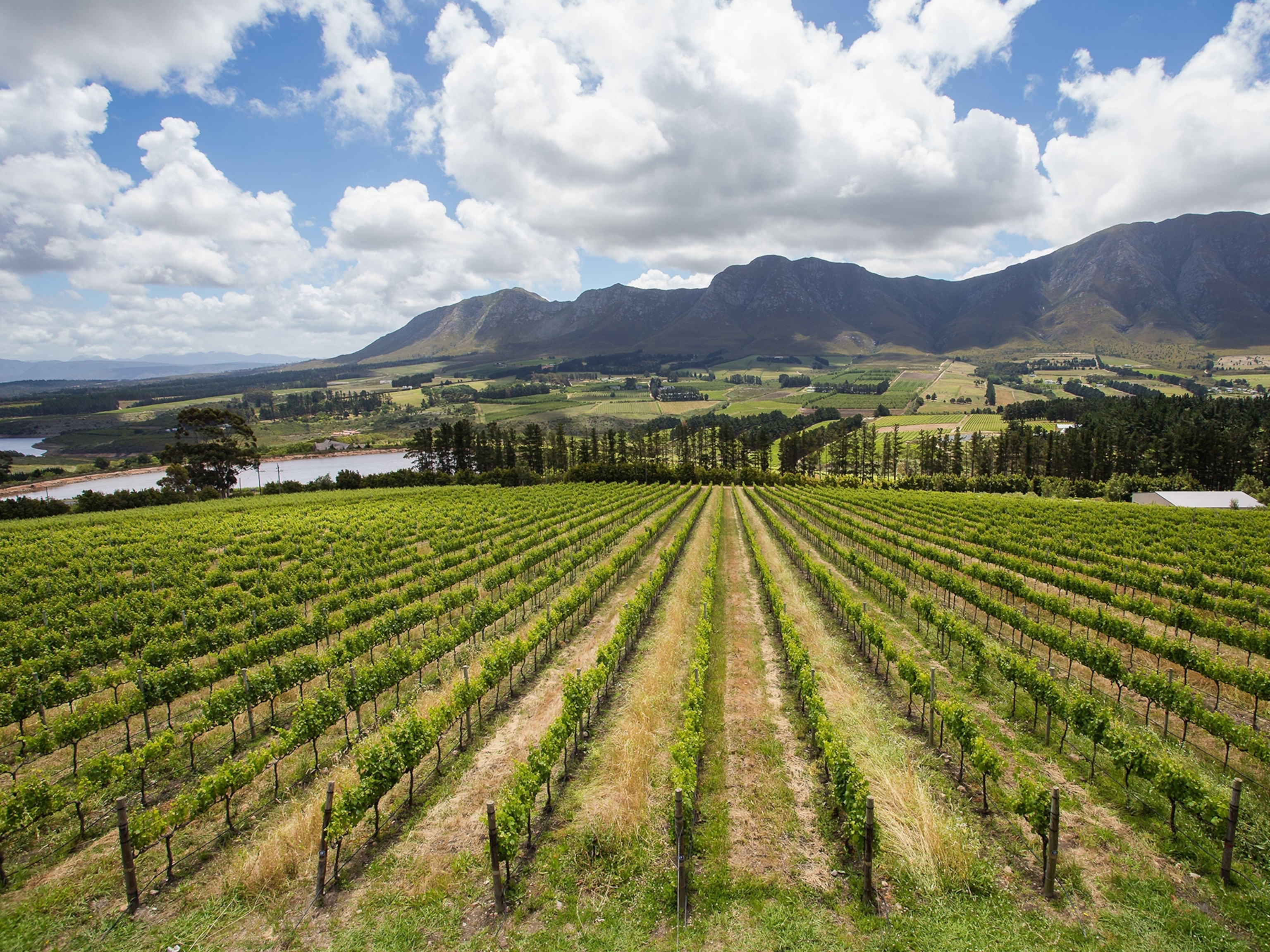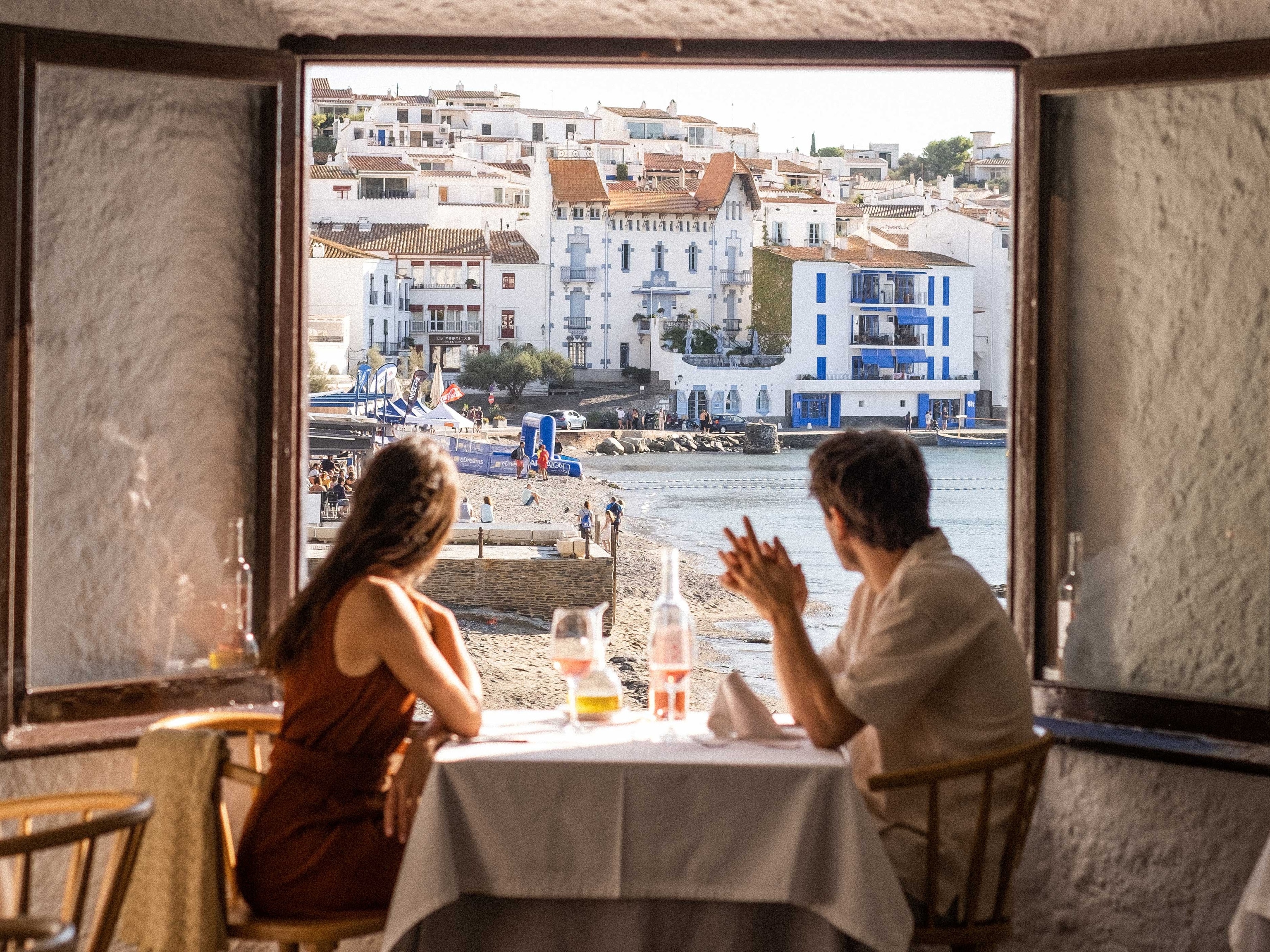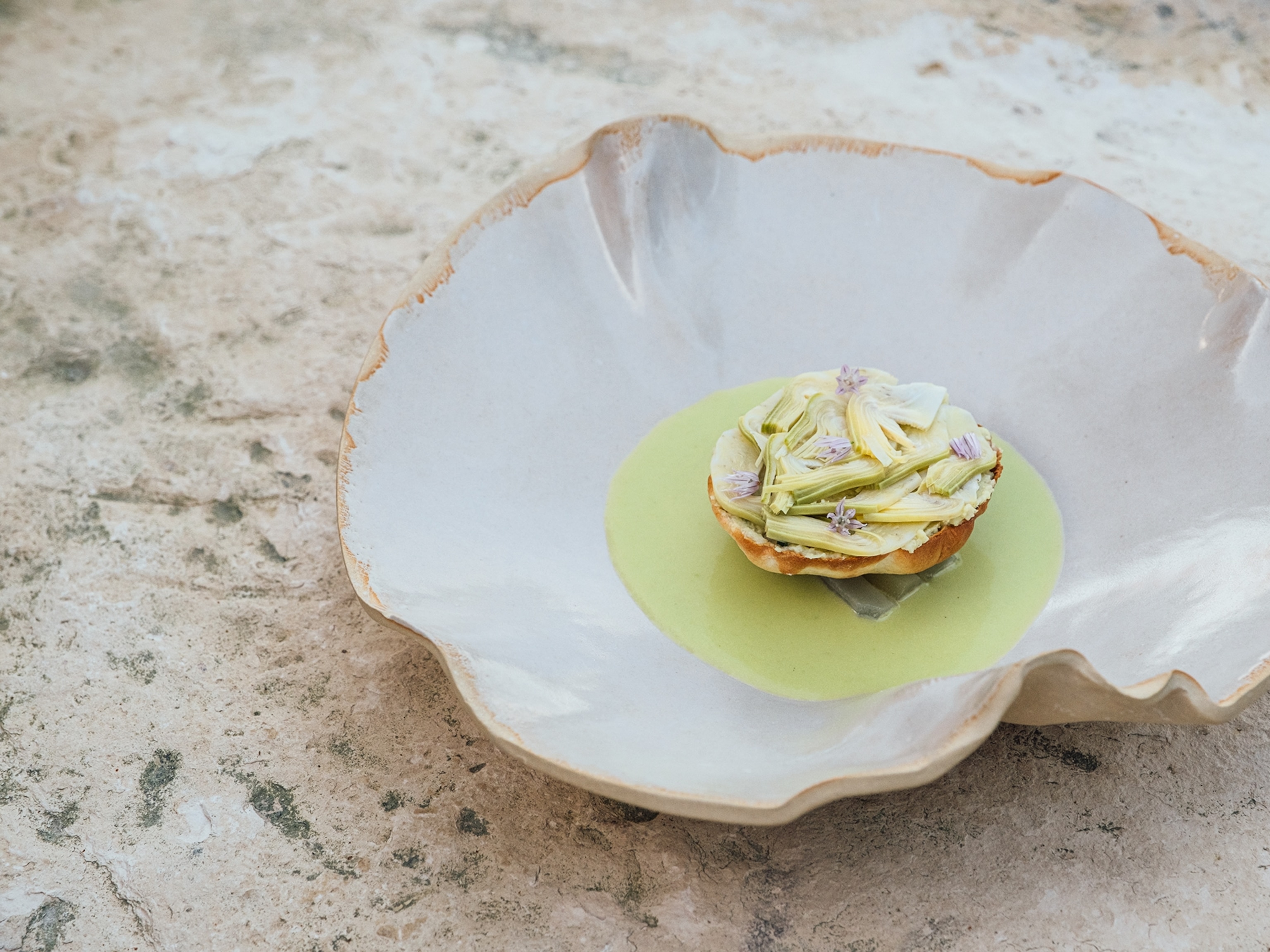Why you should discover Çal, Turkey’s newest wine trail
A sleeping giant of the wine world, western Turkey’s Çal district is putting itself on the map.

There’s nothing like the first sip of a buttery Chardonnay after a long drive on a sunny day. In the garden at Kuzubağ, a winery in southwest Turkey, a cold glass slips down easily. The Aegean breeze rustles the leaves, the sunset paints the open skies rusty orange and resident feline Misket jumps up for a belly rub. “Our cats appreciate attention,” says vineyard owner Aslı Kuzu, before gently shooing her away.
Kuzubağ is in the Çal district, a wine region responsible for producing 40% of all Turkish wine consumed. The drive here takes you through olive orchards and melon farms that give way to vast vineyards, stretching in orderly rows over hill after hill.
“Çal isn’t the first name that comes to mind when you think of Turkish wine, but we’re hoping to change that,” says Aslı. Turkey has a long history of winemaking with evidence of production in the wider region going back 7,000 years. Today, however, despite being the world's sixth largest grape producer, the country only accounts for a tiny proportion of the world's wine production, while wine consumption per person is around one twentieth of that in the UK. Yet there are signs of a shift, with the number of independent producers growing fivefold to more than 200 over the last decade.
“Families in Çal have been involved in viticulture for generations.” “Seven hundred years,” adds Seray Kocaemre, a wine tourism guide and marketing consultant for wineries, who’s joined us in Kuzubağ’s garden. “And we have evidence of production here dating back thousands of years."
The Kuzu family are Çal-born and bred. “When I was a kid,” says Aslı’s mother Ayşe, “wine was not as important here. We’d use the best grapes for making raisins, then the rest for molasses and whatever was left for wine. But people have started to see that wine is the lifeblood of Çal and that it deserves more attention.”
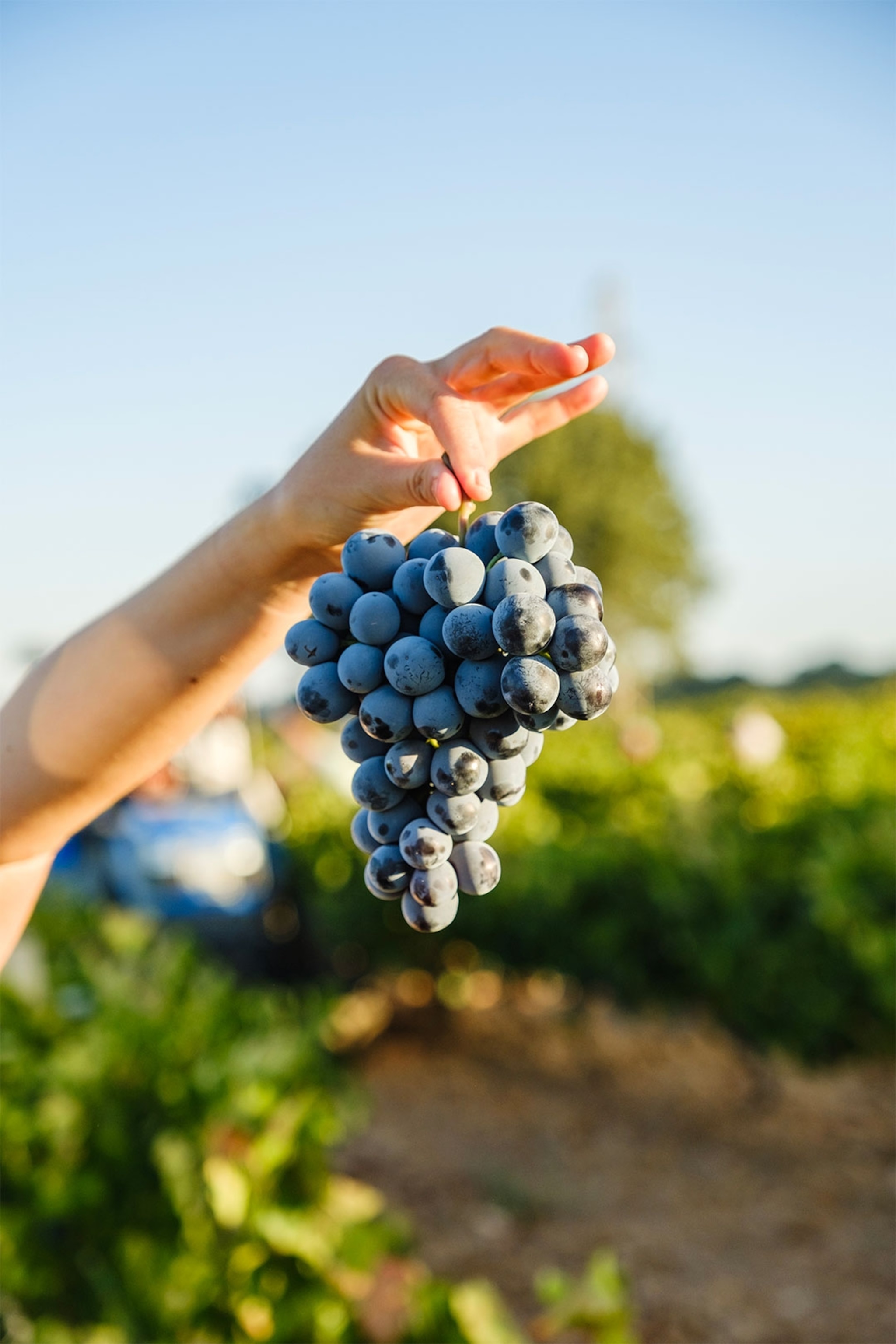
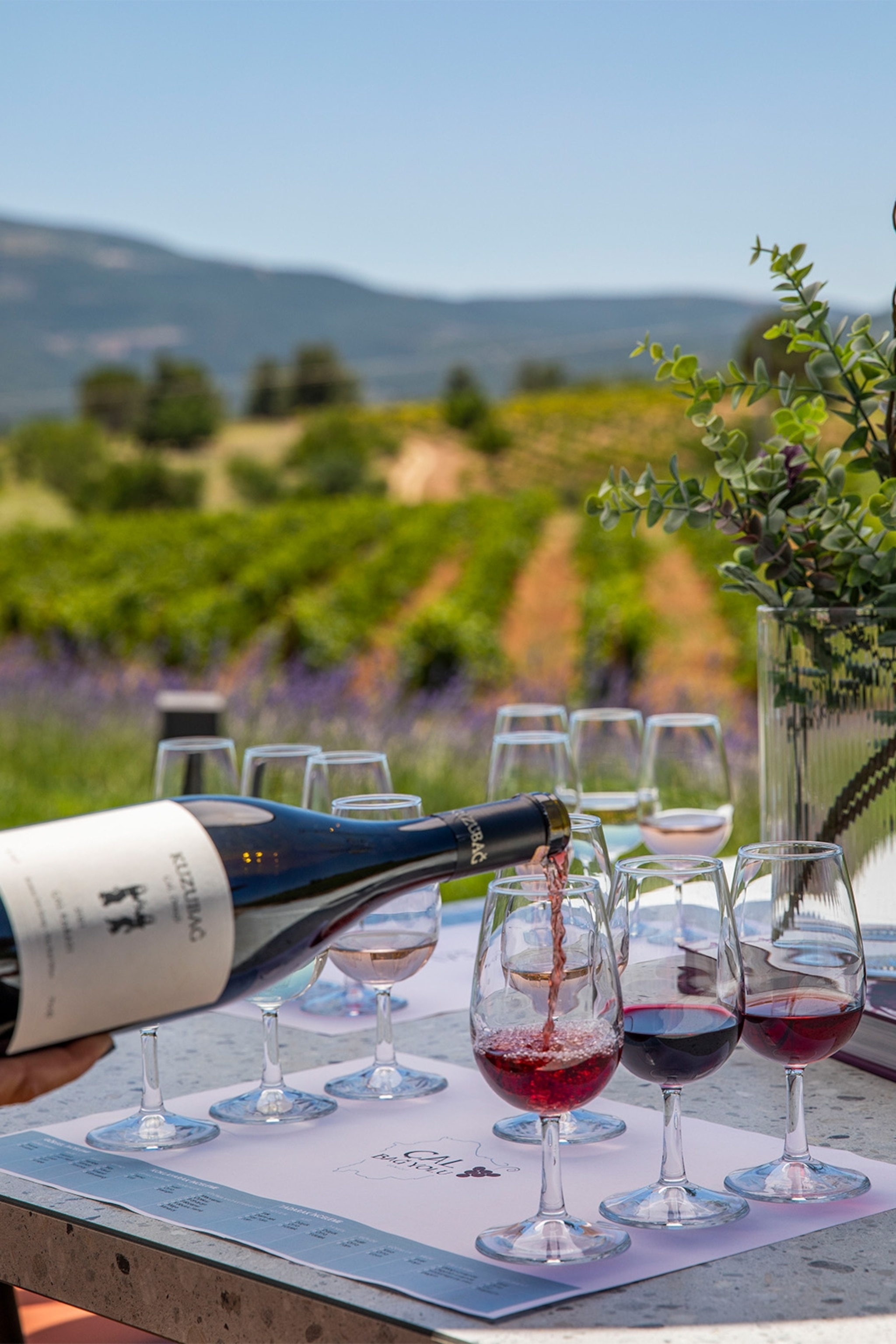
While they’ve farmed for generations, the Kuzu family opened their winery only three years ago. Yet they’ve put Çal on the map among wine-lovers in Turkey and beyond. This year, the winery's Öküzgözü-Shiraz 2021 has won the gold medal at Decanter World Wine Awards, while their 2022 Chardonnay took the gold medal at AWC Vienna International Wine Challenge. Aslı, who leads the operation, is the country’s youngest female winemaker. “We’re proud of the medals our wines have won in international competitions, and God knows we’ve celebrated them well,” she smiles. “But changing the perception of a region is only possible through collective action.”
In that spirit, Kuzubağ and three fellow wineries came together to create a trail that offers vineyard tours and tastings. The Çal Vineyard Route begins with Erdel, where preparations for the grape harvest are in full swing during my visit. After a tour of the production lines, we’re invited to taste several bottles of the winery’s premium brand, Hanchalar — the pick of which is a light, ruby-coloured variety made solely from local Çal Karası grapes. Aromas of strawberry and cherry are distinct, even amid the cheeses that are served with dried mulberries as accompaniments.
We’re welcomed to Küp, the route’s oldest and largest producer, by Hasan Çağlar Altıntaş, a third-generation winemaker. His grandfather began production in 1959, using two Roman amphoras — narrow-necked jars used for oil and wine — that he found buried in his fields, and which now reside in the winery’s museum. How long has Hasan been involved with the operation? “I was born right here,” he answers, pointing at the warehouse’s courtyard. It’s hard to tell if he’s joking.
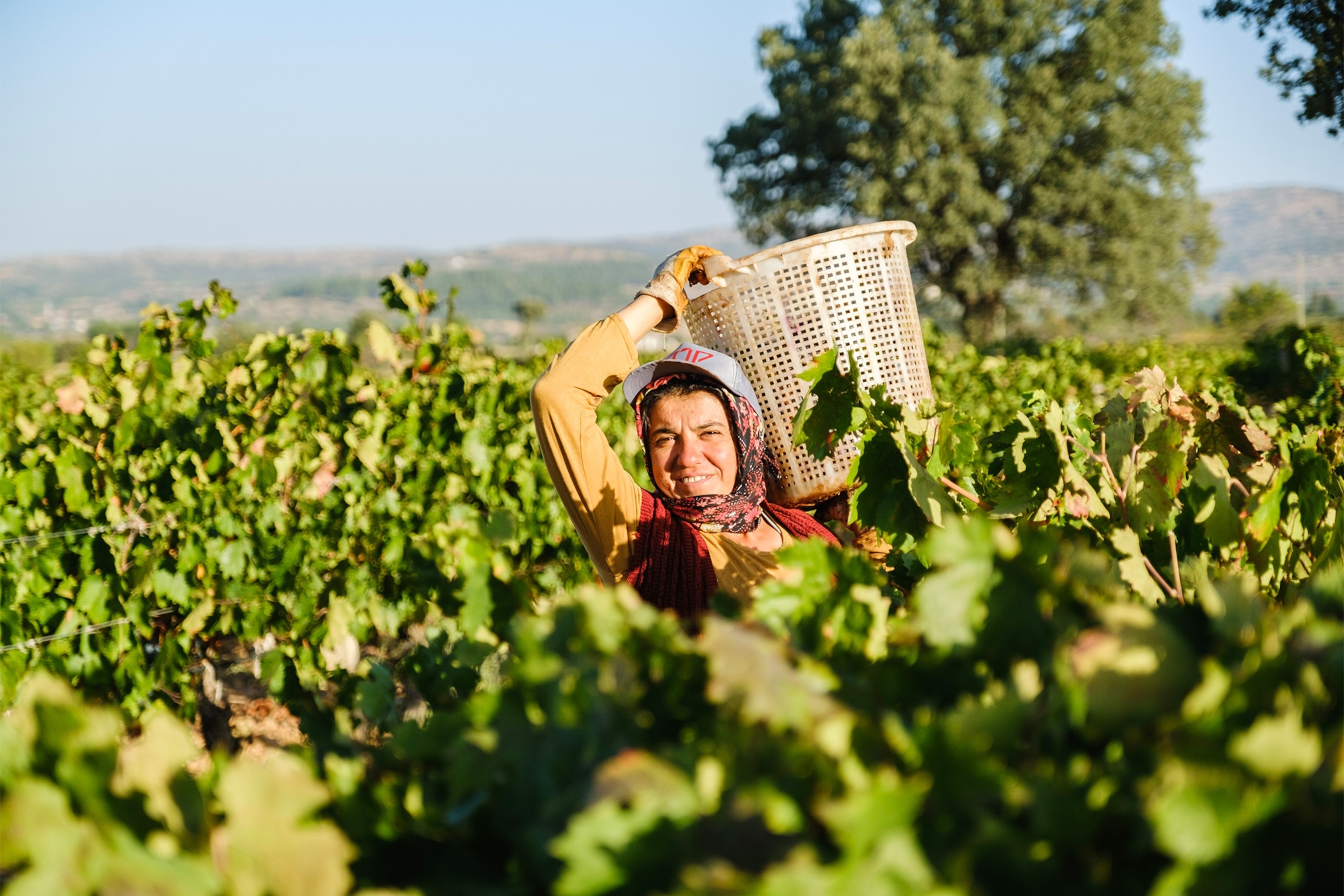
The next stop is Lermonos, whose manager Melih Karaer is known locally for his tango and tennis skills. The tasting lounge is across from a brick oven, used to create wood-fired pizzas. I expect Melih to dive deep into Çal’s historical roots, but he’s more excited about its future. Lermonos hosts jazz events and tango nights. “Wine culture is not only the wine but also what happens around it. Çal is growing in a direction where more is possible, and winemaking is becoming cool again.” Melih explains, and jokingly adds, “These days girls are more attracted to boys who are in the winemaking business.”
Returning to Kuzubağ and its bistro, I’m treated to one of the best croque-monsieurs east of Paris. As Aslı and Seray discuss labels for next year’s wines, Misket wags her tail outside the tasting room’s glass door, then takes off in a huff. “She’ll be back,” Aslı reassures me. “She knows we always come here for sunsets.”
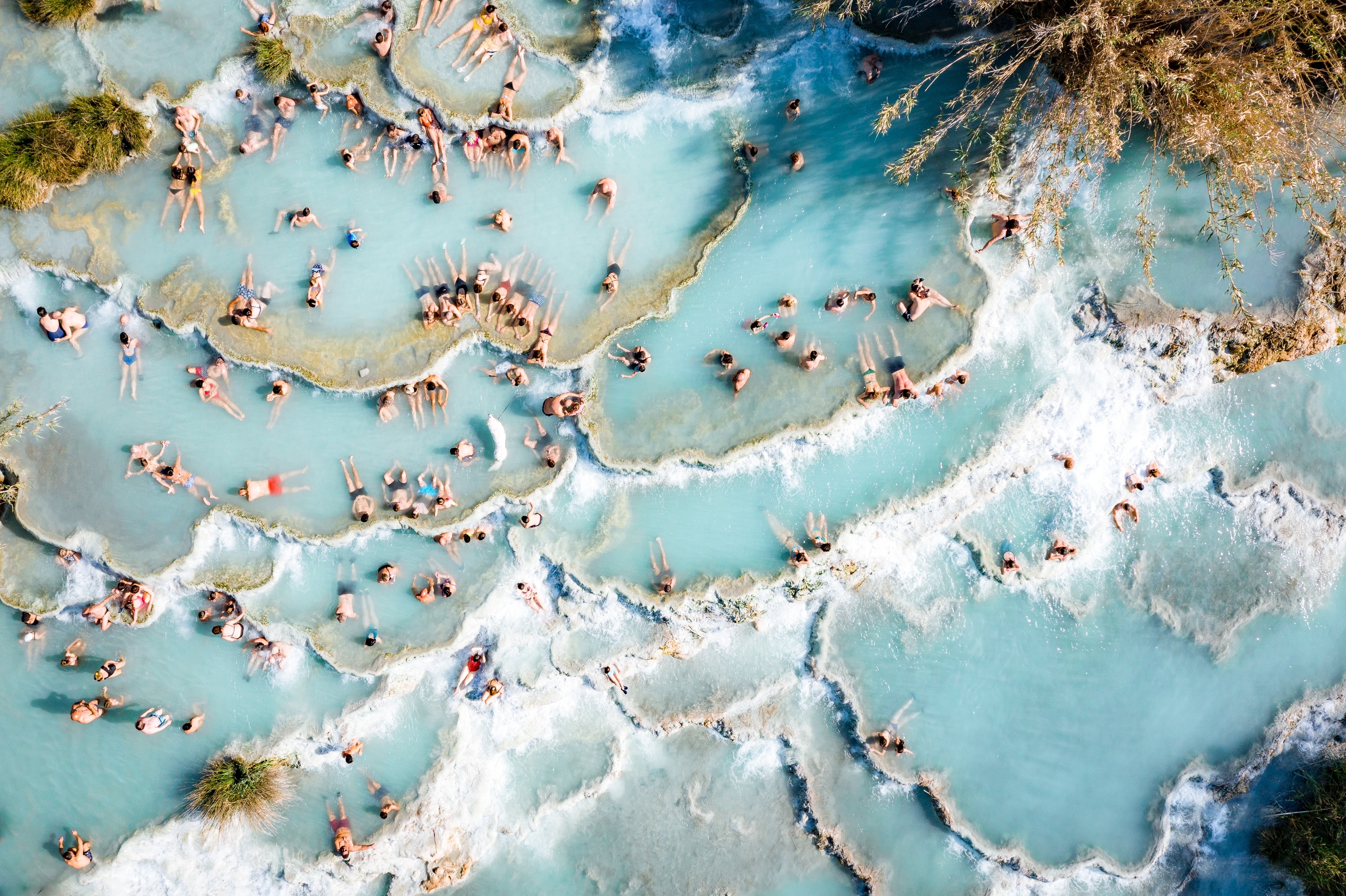
Step back in time in Turkey
1. Pamukkale and Hierapolis
A scenic, hour-long drive from Çal, the UNESCO-listed Pamukkale is known for watery terraces. A thermal source for its Roman neighbour Hierapolis, the city is notable for the size of its necropolis and the diversity of its sarcophagi, as well as its well-preserved marketplace and theatre. You can also swim in a pool believed to be where Cleopatra bathed.
2. Laodicea
Built around the 3rd century BCE, Laodicea is a Roman town near Çal’s neighbour Denizli. Its impressive ruins — including a marketplace, two amphitheatres, and textile and wine workshops — suggest it was a town of strategic and commercial importance.
3. Apollon Lairbenos
This temple — thought to date from the 2nd century BCE — sits on the northern hills of Çal, overlooking the river Menderes. Dedicated to a local version of the mythological god Apollo, it’s the perfect spot to drink local wine at sunset.
Turkish Airlines flies from London to Denizli via Istanbul, from £198 return. Flight times from 7h30m. The ideal way to tour the vineyards is by car. It’s less than an hour’s scenic drive from Denizli Çardak Airport to Çal. Hire companies at the airport include Avis and Europcar.
Where to stay
Çal itself does not have hotels — although the Erdel winery is building accommodation — so a good option is to stay in its neighbour Denizli. Park Dedeman Hotel offers rooms from £55, room only.
More info
kuzubag.com
lermonos.com
kupsarap.com
instagram.com/hanchalar
This story was created with the support of Çal Bağ Yolu.

